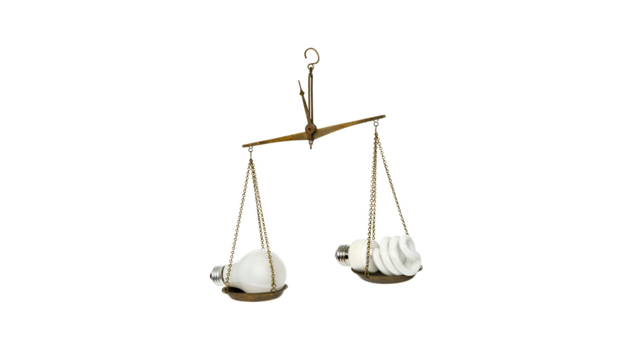
Thickness gauging is a common technique used in various industrial applications to measure the thickness of a material. Accurate thickness measurements are crucial in many fieldsto ensure the quality and safety of products and structures.
Two common types of thickness gauges are X-ray gauges and laser thickness gauges. While both gauges are effective in measuring thickness, X-ray gauges are generally considered more accurate and reliable. This is because X-ray gauges use the mass absorption model of thickness gauging, which is based on the principle that the amount of X-rays absorbed by a material is directly proportional to the material’s thickness.
The mass absorption model is described by the Beer-Lambert law, which states that the intensity of a beam of radiation decreases exponentially as it passes through a material, with the rate of decrease depending on the material’s thickness and absorption coefficient. X-ray gauges emit X-rays through the material being measured and detect the amount of X-rays that are absorbed by the material. By analyzing the amount of X-rays absorbed, the gauge can calculate the material’s thickness.
However, there are also some disadvantages to using X-ray gauges. One major disadvantage is that X-rays are a form of ionizing radiation, which can be harmful to humans and the environment. Therefore, X-ray gauges must be operated by trained professionals who follow strict safety protocols to minimize the risk of exposure.
Another disadvantage of X-ray gauges is that they are generally more expensive than laser thickness gauges. X-ray gauges require a source of X-rays, which must be properly shielded and contained, as well as a detector to measure the amount of X-rays absorbed. Laser thickness gauges, on the other hand, only require a laser emitter and a detector to measure the thickness of the material.
Laser thickness gauges use the principle of light interference to measure the thickness of a material. They emit a laser beam onto the surface of the material being measured, and the reflected beam is analyzed to determine the thickness of the material. Laser thickness gauges are generally simpler and less expensive than X-ray gauges, making them a more cost-effective option for some applications.
However, laser thickness gauges can be affected by factors such as surface roughness, color, and reflectivity. These factors can cause inaccuracies in the measurements, especially if the surface of the material is not uniform. In addition, laser thickness gauges are generally not as accurate as X-ray gauges in dynamic applications where the material is moving, such as in the case of a strip of steel.
Therefore, the choice between X-ray gauges and laser thickness gauges depends on the specific application and the desired level of accuracy. For applications that require high accuracy and precision, X-ray gauges are typically preferred. However, for applications that require less accuracy and precision, such as measuring a step change thickness of a material, laser thickness gauges may be sufficient.
In summary, thickness gauging is a critical technique used in many industrial applications to measure the thickness of a material. X-ray gauges and laser thickness gauges are two common types of thickness gauges, each with its own advantages and disadvantages. X-ray gauges are generally considered more accurate and reliable due to the mass absorption model of thickness gauging they use, while laser thickness gauges are simpler and less expensive.
